

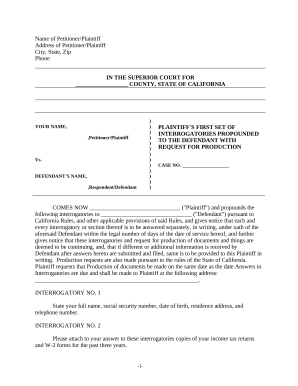
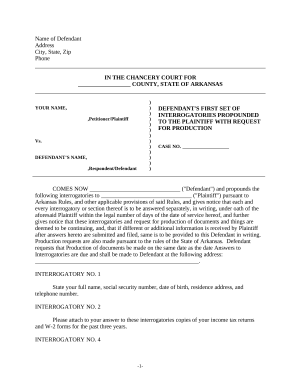
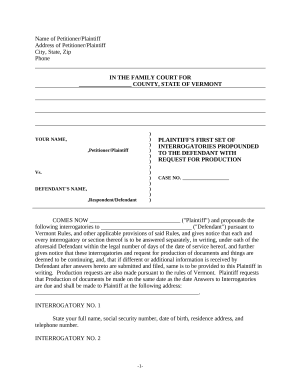
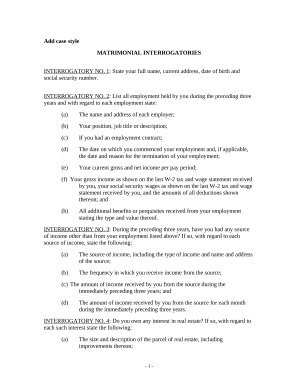
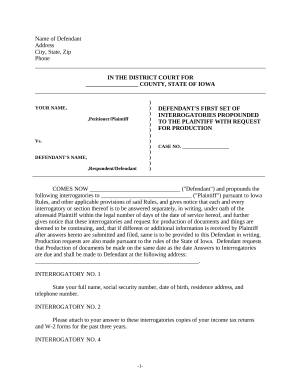
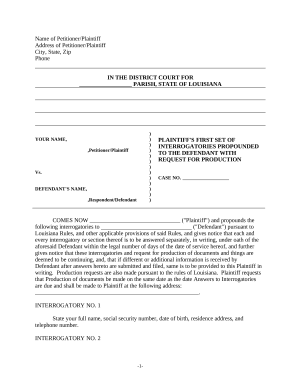
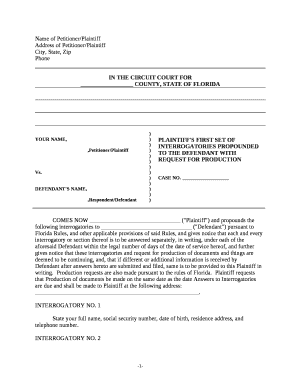
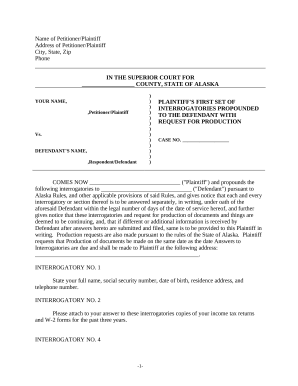
Boost your file administration with our Discovery Interrogatories Documents category with ready-made form templates that meet your needs. Access your document template, alter it, fill it, and share it with your contributors without breaking a sweat. Start working more efficiently together with your forms.
The best way to manage our Discovery Interrogatories Documents:
Explore all the possibilities for your online file administration with our Discovery Interrogatories Documents. Get a free free DocHub account today!